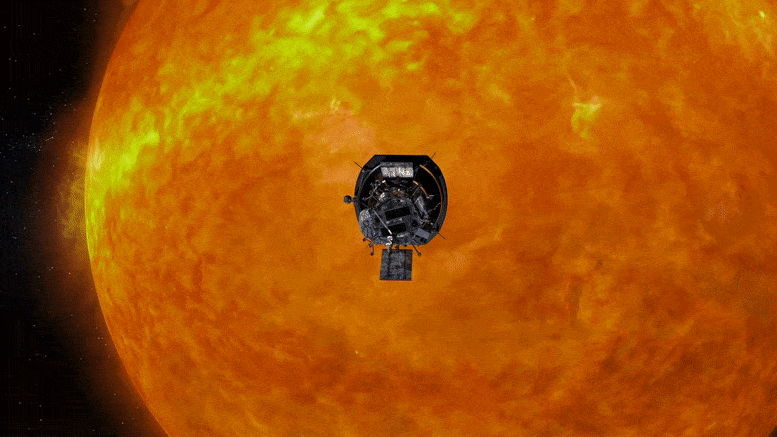Women constitute a mere 22 per cent or less than a quarter of professionals in the field of AI and Data Science.
There is a troubling and persistent absence of women when it comes to the field of artificial intelligence and data science. Women constitute a mere 22 per cent or less than a quarter of professionals in this field, as says the report “Where are the women? Mapping the gender job gap in AI,” from The Turing Institute. Yet, despite low participation and obstacles, women are breaking the silos and setting an example for players out in the field of AI.
To honour their commitment and work done, we have listed some of the women innovators and researchers who have worked tirelessly and contributed significantly to the field of AI and data science. The list below is provided in no particular order.
The brainchild behind and the founder of The Algorithmic Justice League (AJL), Joy Buolamwini, has started the organisation that combines art and research to illuminate the social implications and harms of artificial intelligence. With her pioneering work on algorithmic bias, Joy opened the eyes of the world and brought out the gender bias and racial prejudices embedded in facial recognition systems. As a result, Amazon, Microsoft, and IBM all halted their facial recognition services, admitting that the technology was not yet ready for widespread usage. One can watch the famous documentary ‘Coded Bias’ to understand her work. Her contributions will surely pave the way for a more inclusive and diversified AI community in the near future.






